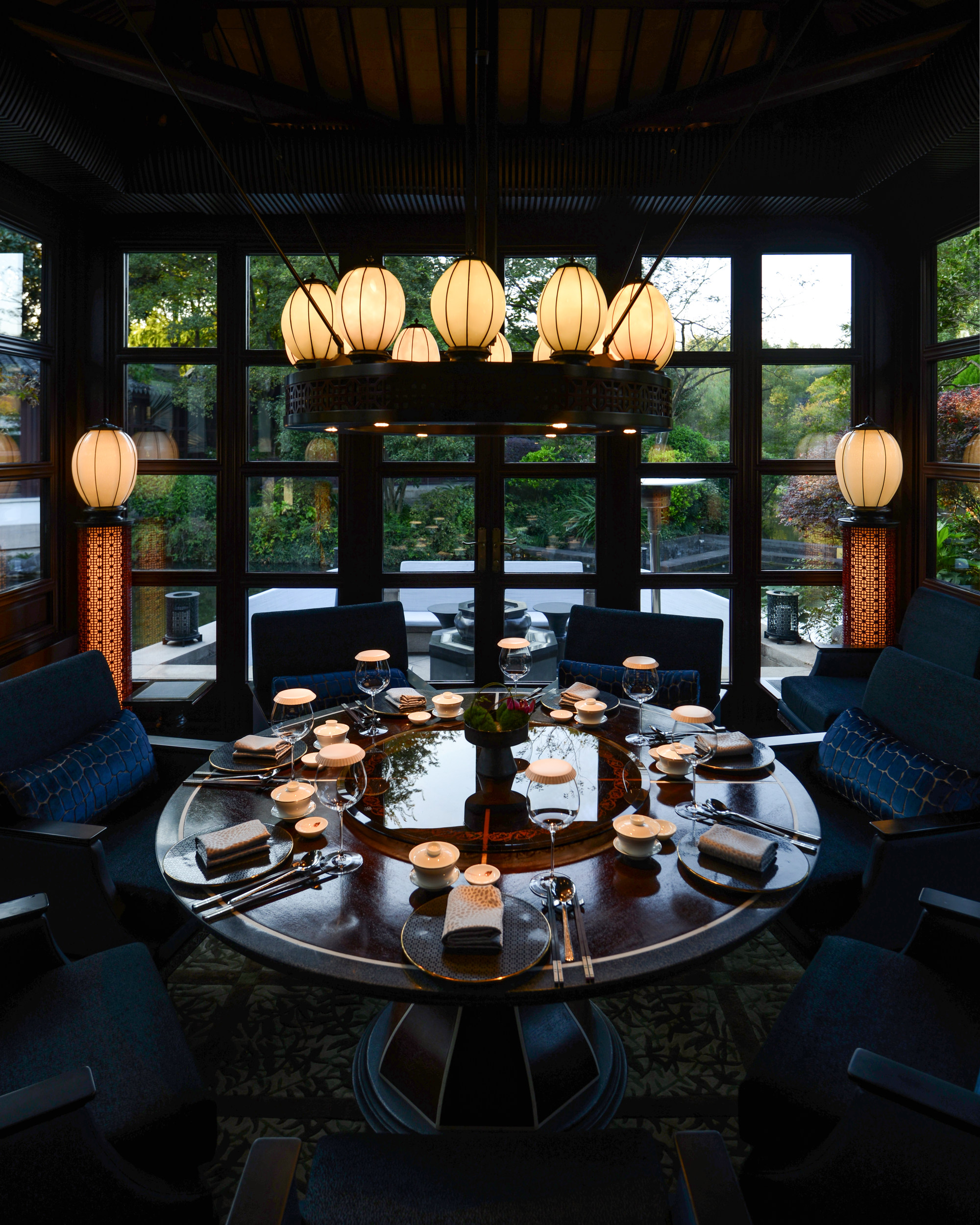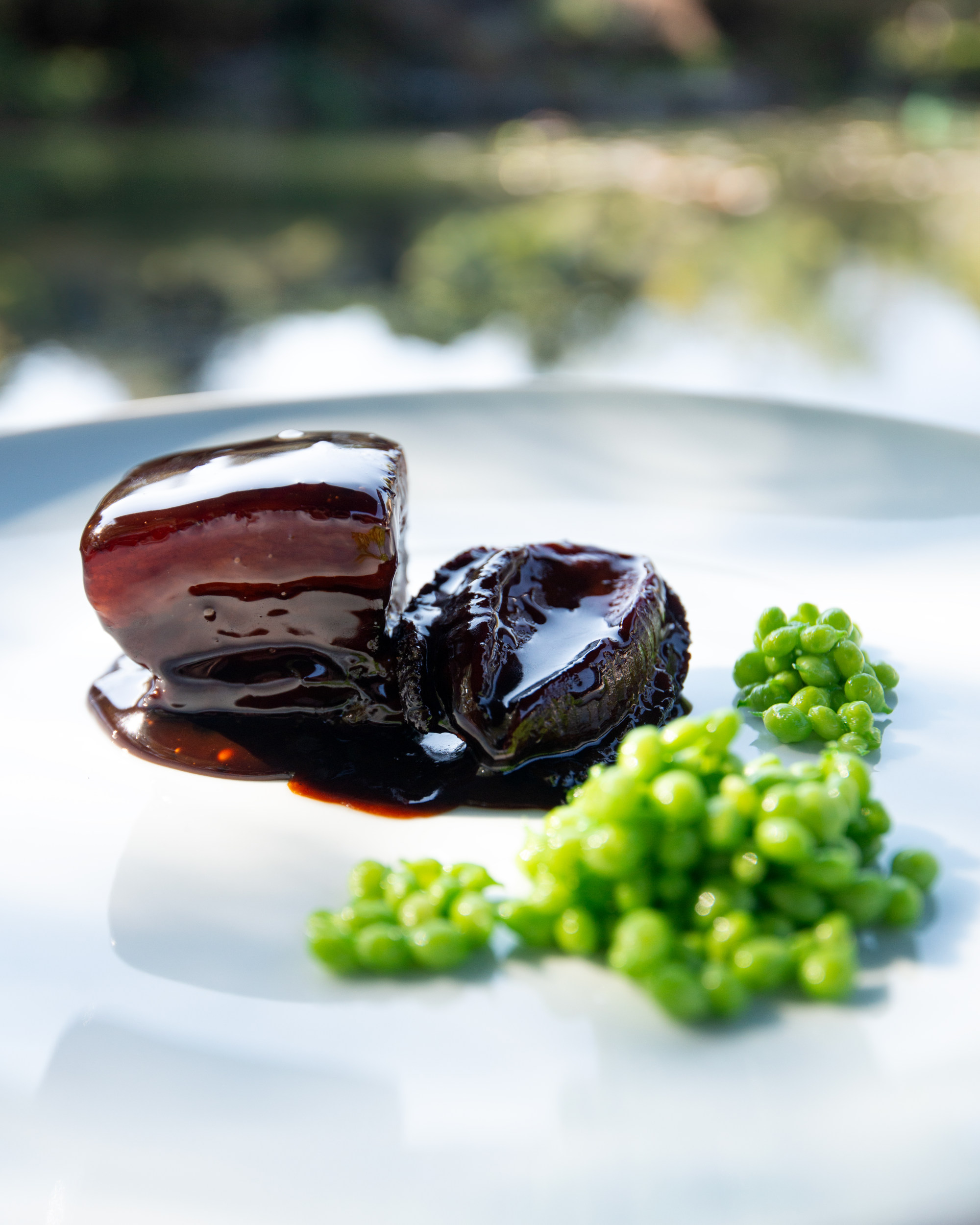“I admire chef Wang for maintaining a clear and diligent spirit in this rapidly growing global trend of celebrity chefs,” says Amy Wong, an independent food writer with a Weibo following of 1.4 million. Wong has been following Wang’s cooking evolution over the past decade.

“He integrates domestic and international influences in his cooking,” she says, adding that his flavour profiles and cooking methods are becoming “more sophisticated and diverse, with a clear showcase of aesthetics”.
Even if his dishes appear simple and unpretentious, she says, they are always “full of surprises and deliciousness”.
4 Hangzhou restaurants that prove the Chinese city is a food desert no more
4 Hangzhou restaurants that prove the Chinese city is a food desert no more
A native of Jiangxi province, Wang moved to Shanghai as a teenager and it was in the erstwhile Pearl of the Orient that he built a solid foundation in Shanghainese cuisine at the Whampoa Club on the Bund. During this time he also acquired knowledge of Ningbo and Cantonese cuisine.
After four years at Whampoa Club, Wang left to join Jin Sha’s launch team as head chef in 2010. Six years later in 2016, he was promoted to executive Chinese chef.
He is widely credited with steering Jin Sha towards its achievement of three-diamond status in the influential Black Pearl Restaurant Guide (the equivalent of three Michelin stars from the French red book); the restaurant has maintained its rating for six years in a row since the list was first published in 2018.
In 2022, Wang was named chef of the year by the Meituan dining guide and in March 2023, Jin Sha landed a spot on the extended list of Asia’s 50 Best Restaurants, coming in at number 59.

It seems that Jin Sha’s focus on Jiangzhe cuisine, from the area in the middle and lower reaches of the Yangtze River that encompasses the cuisines of Huaiyang, Shanghai, Ningbo and Hangzhou, has resonated with diners.
That was not always the case. When Jin Sha opened, its menu tended to focus on the cuisines of Shanghai and Hangzhou. Over time, with Wang at the helm, it evolved to focusing on lighter-style Jiangzhe cuisine paired with innovative cooking techniques and presentation.
A dish on his signature menu, Wang’s braised pork belly and abalone, takes a classical Shanghainese dish and elevates it to new heights. The four-hour simmered pork in a rich brown gravy bolstered with rock sugar and soy sauce arrives with braised Dalian abalone and Yunnan teardrop peas for textural contrast.
Another stand-out from the signature menu is yellow croaker from Xiangshan, Zhejiang, which comes in several different preparations. You can have it steamed with preserved vegetables and bamboo; steamed with chilli and lime; or braised with glutinous rice cake. Wang’s personal favourite is Wenzhou-style, steamed in 15 year-aged Huadiao wine.
The region has an abundant supply of food materials, such as watershield from Jiande, bamboo shoots from Lin’An and the sharpbelly fish caught wild from Qiantang River
At Jin Sha, Wang’s personal philosophy is about reflecting the “natural flavours of the ingredients” and he does so with not four but 10 seasonal menus.
“The original intention for my seasonal menus was to serve loyal guests who dine in Jin Sha frequently,” Wang says. “I wanted the guests to find something new on the menu, and enjoy fresh experiences.”
He raves about Taizhou seafood, sourced from the East China Sea. “Yunnan mushrooms are a valuable resource for us in August, not to mention Zhejiang’s crabs for our Crab Feast menu in October,” he says.
On a visit during the hairy crab season in the autumn, Wang serves a light salad of sliced avocado with Huadiao wine-marinated steamed hairy crab flecked with local shiso flowers.

There is also a silky egg custard crowned with female hairy crab claws, finished with a viscous Huadiao wine-flavoured sauce and juicy Yunnan teardrop peas.
Most satisfying is the finale from the Crab’s Feast menu: golden yellow hairy crab roe sautéed with pork lard and served over steamed rice with pumpkin and taro, perfectly counterpointed with a bowl of delicate chicken soup.
Apart from Yangcheng Lake, Hangzhou itself and the greater Zhejiang region are also a rich hunting ground for Wang’s ingredients.
“With our natural surroundings of mountains and lakes, the region has an abundant supply of food materials, such as watershield from Jiande, bamboo shoots from Lin’An and the sharpbelly fish caught wild from Qiantang River,” he says.

In summer, Wang serves a refreshing palate-opening dish of watershield in a light tomato consommé with passion fruit and snow crab, ostensibly not a classical Chinese dish. Wang confides that with increased international travel over the past decade or so, he has found greater inspiration to express his cooking style.
Wang makes it a point to travel two to three times a year, domestically and internationally, to understand the dynamics of gastronomy.
As a Hangzhou resident for 13 years, he says the city is slowly but surely becoming an important pit stop for food lovers.
“We have myriad choices for Chinese food in Hangzhou that run the gamut from luxury dining halls to small boutique eateries, with offerings ranging from local snacks to banquet-style dinners offered in well-reputed restaurants,” says Wang. “It’s really worth a visit.”







